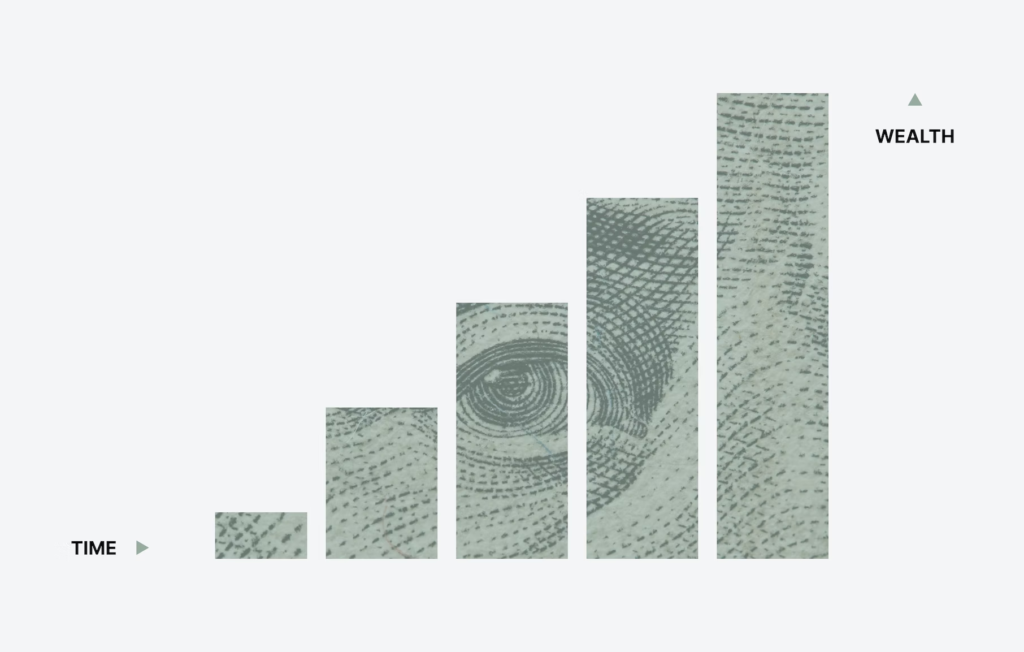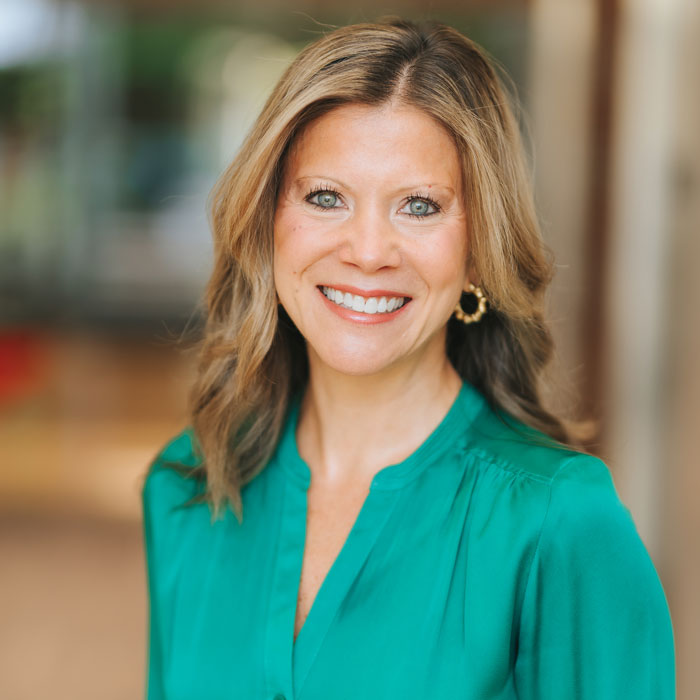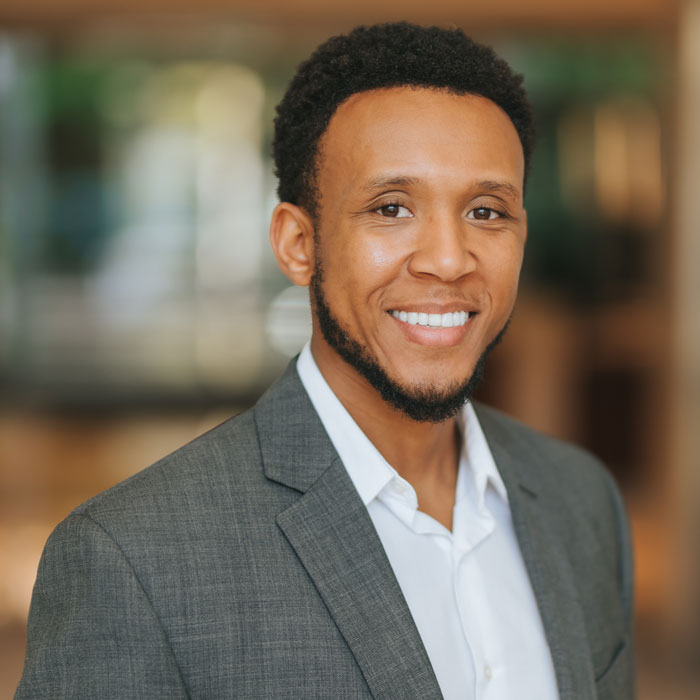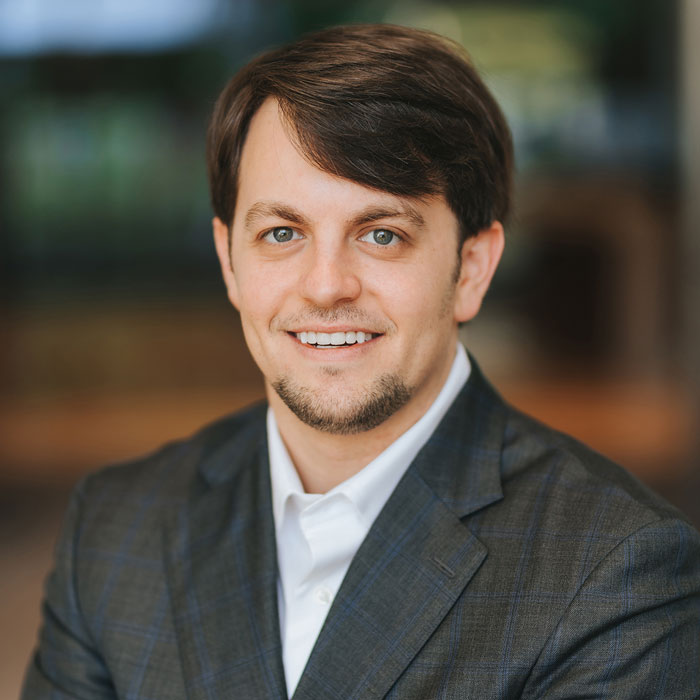Over the last 3 years, organizations have struggled to understand elasticity due to various non-price-driven factors caused by COVID-19.
During the initial COVID-19 outbreak in the spring of 2020, demand waned due to government shutdowns. Following government financial assistance and easing COVID-19 restrictions, demand surged as household incomes rose – higher consumer spending combined with supply chain shortages led to sizable supply-demand gaps. These gaps created the most inflationary market in 40 years, leading to interest rate increases and demand pullbacks.
Throughout the pandemic and the subsequent inflationary environment, the best pricing organizations systematically maximized revenues and margins by making nuanced pricing decisions. Elasticity was one such factor that informed these decisions.
The impact and precision of elasticity varies across industries and organizations. That said, all leading pricing organizations have some understanding of price sensitivity as it relates to demand, even if in relative terms. Current headwinds – consumer spending lapses, cost inflation, interest rate increases – signal the continued need for frequent price changes that require an understanding of elasticity.
What is Elasticity?
Elasticity is a ratio that quantifies the impact of price to demand. Formulaically, it’s defined as the percentage change in demand divided by the percentage change in price.
Demand is considered elastic if greater than 1 (demand will decrease at a higher rate than the price increase); conversely, demand is inelastic if less than 1 (demand will decrease at a lower rate than the price increase).
Elasticity=% Change in Demand% Change in Price
How is Elasticity Measured?
There are several ways to measure elasticity, all using a form of regression modeling. Like most pricing concepts, elasticity involves blending science with art.
Many organizations struggle to accurately measure and utilize elasticity due to data constraints. Data maintenance is the foundation for precise elasticity measurement and other critical pricing analyses.
Here are some key factors for elasticity measurement:
Sample size: high transaction and volume businesses such as retail, CPG, travel & tourism, and food service have access to large historical data sets that offer sufficient sample size for accurate analyses. Conversely, organizations in lower-volume industries often aggregate products at category- or organizational-wide levels and adjust using business knowledge.
Seasonality: elasticity measurement should evaluate consistent time intervals to isolate the true impact of price. This exercise requires comparing year-over-year or more complicated longitudinal models and controlling for seasonality. Given the chaotic macroenvironment caused by COVID-19, many organizations are using 2019 (“the last year of normal”) as a baseline, rather than 2020 or 2021, for elasticity and other pricing analyses.
Substitution: leading organizations consider price changes as a whole, recognizing that a price alteration of one product will impact demand for others. For example, will customers switch to other fruits if a grocer raises the price of apples? Economists refer to this as “cross-price elasticity”, or the impact on demand that changing the price of one product has on others.
Top organizations automate this analysis. Doing so allows them to maximize the impact of price and discount adjustments across the portfolio.
How Does Elasticity Inform Pricing Decisions?
Organizations can use price elasticity with varying degrees of precision.
Analytical, higher precision: Elasticity can predict and model price impact on demand (quantity sold), revenues, and margins given the availability of current cost data and historical price & demand trends.
Further, organizations that understand their portfolio can model the demand impact of substitutes and complementary products. Doing so requires an understanding of portfolio structure and how products interact. In practice, this analysis becomes more complicated in businesses with large assortments (e.g., retailers, wholesalers).
Directional, lower precision: in a lower form of precision, organizations can evaluate the relative price elasticity across their portfolio to prioritize price changes. In this case, businesses would increase the price of inelastic items and decrease or hold the price of elastic ones. This exercise can be just as valuable as forecasting if there is discipline in measuring impact and documenting outcomes.
How Is Elasticity Used to Model Demand And Financial Impact?
The first step in this process is to identify the shape of the demand curve. There are two general types: linear and non-linear. The curve to use depends on demand trends and industry norms.
Linear: This is the more simplistic demand model. Organizations can develop a linear model by taking price and demand at two different points while controlling for factors mentioned in the prior section.
Linear model characteristics:
- Elasticity varies across the demand curve – lower elasticity at lower prices, higher at higher prices.
- Maximum willingness to pay is evenly distributed across price points – this is an assumption that doesn’t reflect the reality of most industries (e.g., For an apple, are there just as many people with a $2 maximum willingness to pay as there are at $20? Probably not).
Example: Company XYX sells 100,00 units annually. Current price = $30, variable cost = $10. Elasticity = 1.1 (absolute value). Graphs below plot expected demand, revenue, and margin.
Non-Linear, Constant Elasticity: A more mathematically complex method that can leverage logarithmic functions but requires the same data points as the linear model.
Critical characteristics of constant elasticity demand models:
- As the name implies, elasticity is constant across each price point.
- Maximum willingness to pay is unevenly distributed across price points, forming a concentration at specific price points (i.e., bell curve). This assumption better reflects the reality of most industries (e.g., a more significant share of customers whose maximum willingness to pay for an apple is $2 than $20).
Note: The example below leverages the same data points from the linear model above.
What Is The Formulaic Approach to Calculating Profit-Maximizing Prices?
(Note: analysis below leverages the examples from the previous section)
Profit maximizing price is the price at which marginal revenue and marginal cost are equal. This can be calculated by taking the derivative of the profit equation (see below) and setting it equal to zero.
Profit Equation=Demand ×Price-Variable Cost
Linear: Building off the example in the prior section, place the demand function in the profit equation. Solve for Price (P in the equation below) by taking the derivative. In this example, the profit-maximizing price is $33.64.
Profit Maximizing Price P=[(210,000-3,666.7P) ×P-$10]’
Non-Linear: Unlike the linear model, the non-linear model reduces to a single equation (after taking the derivative and solving for price), irrespective of price or demand inputs (see below). Economists refer to the profit maximization equation for non-linear functions as the ‘optimal markup.’ Using the example above, the profit-maximizing price is $110.
Profit Maximizing Price P=Cost × Elasticity1+Elasticity=$10 × -1.11-1.1
Optimizing Pricing Strategy is Complex
Elasticity is merely one component of a robust pricing strategy. To maximize margins, you may want to outsource pricing strategy to the experts. But how do you find pricing leaders?
Jennings Executive has decades of combined experience matching companies like yours with executive talent, including in the pricing industry. We’d love to help you source pricing talent. Contact us today!
